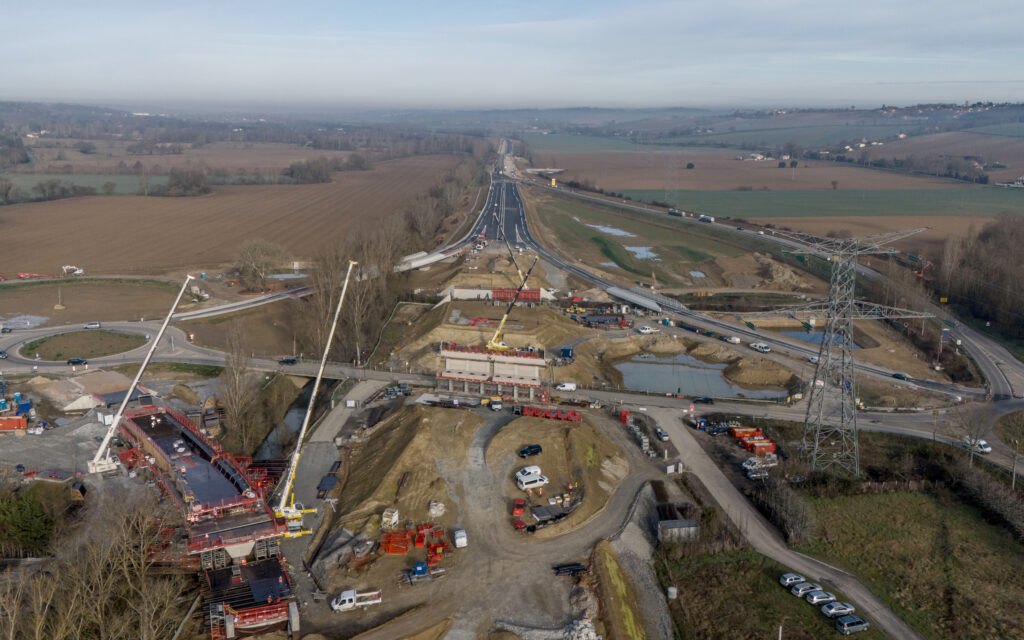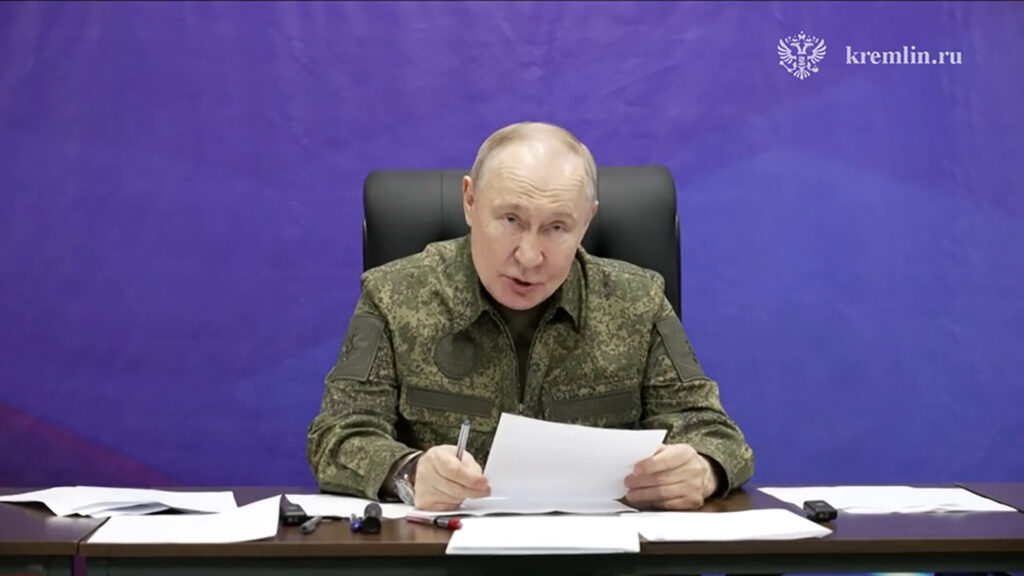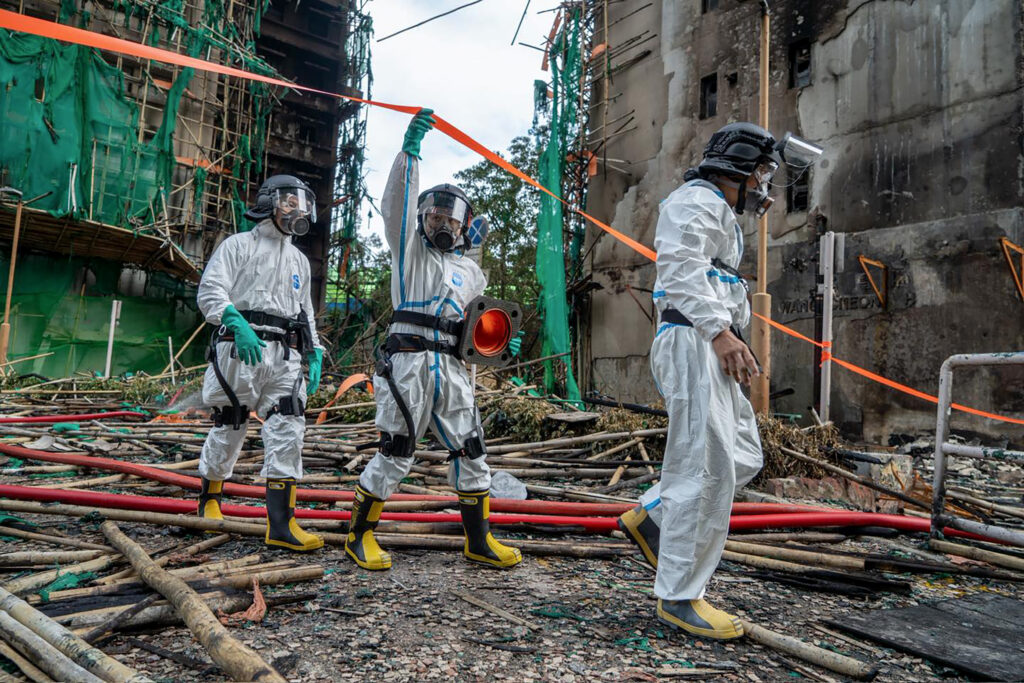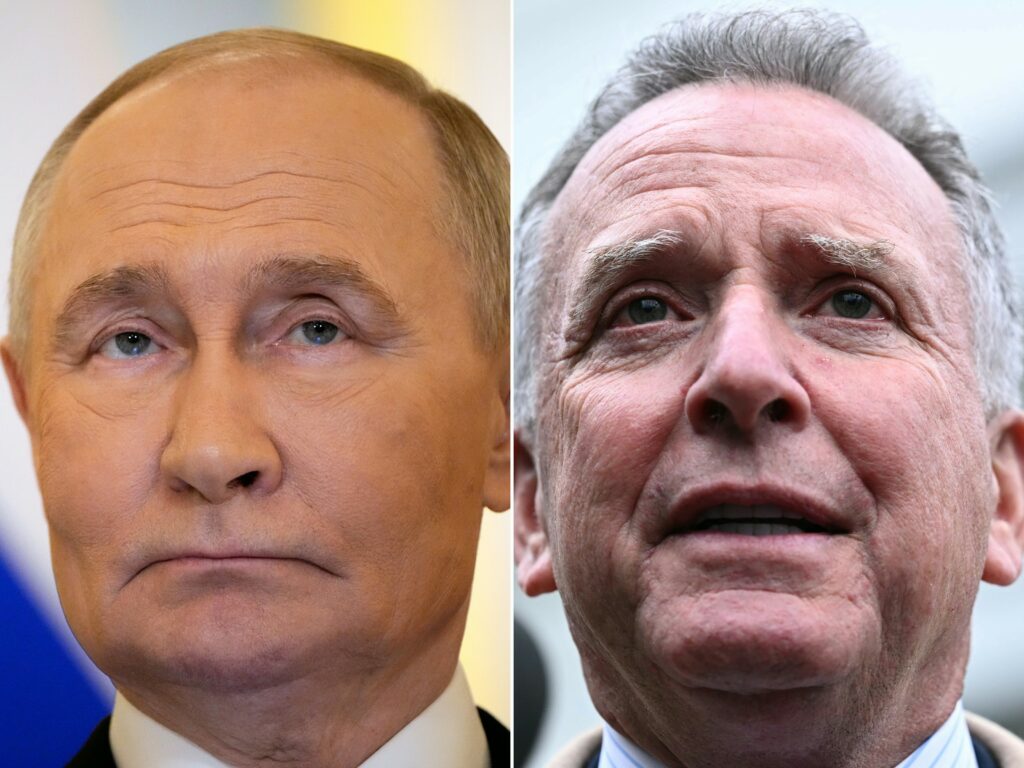A69: l’Etat demande au concessionnaire de justifier des dépassements d’emprise du chantier
Les préfets de Haute-Garonne et du Tarn affirment avoir relevé des dépassements de l’emprise du chantier de l’autoroute A69, comme l’avaient dénoncé des opposants au projet, et demandent des explications au concessionnaire, selon un communiqué diffusé mardi.”Des dépassements de l’emprise du chantier A69 tels que définis par l’autorisation environnementale ont été relevés sur quelques zones, sans qu’il ne soit possible à ce stade de conclure sur leur étendue ni sur leurs impacts supplémentaires”, affirment les deux préfets.Jeudi dernier, “La Voie est libre” (LVEL), principal collectif d’opposants à l’A69, avait pointé l’existence d'”a minima 42 hectares d’emprises supplémentaires” qui “ont été artificialisés sur le chantier” de la future autoroute contestée devant relier Toulouse à Castres, des éléments que l’Agence de vérification de Radio France avait indiqué avoir pu confirmer.”La réaction des préfectures montre que ce chantier +exemplaire+ n’est en rien surveillé”, a estimé mardi LVEL, estimant que “ces destructions colossales ne sont pas régularisables avec quelques arrangements en préfecture” et qu’elles “nécessitent une nouvelle autorisation environnementale”. Si les préfets concèdent que des ajustements sur ce type de projet sont toujours possibles, “ceux-ci doivent être déclarés à l’administration, qui s’attachera à vérifier que ce chantier n’est pas significativement modifié et que les impacts environnementaux sont bien maîtrisés”.”Atosca répondra bien entendu à la demande de l’Etat et fournira l’ensemble des éléments utiles pour confirmer la conformité du chantier aux autorisations environnementales déjà obtenues”, a indiqué à l’AFP une porte-parole du concessionnaire.Depuis le printemps 2023 et les premiers coups de pioche du chantier qui doit donner naissance à une voie rapide de 53 km, la contestation a pris différentes formes (manifestations, grèves de la faim, occupations d’arbres au coeur de zones à défendre, ou recours juridiques), faisant de l’A69 un emblème national des luttes écologiques contre des projets jugés dépassés à l’heure du changement climatique.Le préfet du Tarn a saisi mardi le directeur général de la concession Atosca, Martial Gerlinger, “pour lui demander, d’ici au 8 décembre, de fournir une revue complète du tracé autoroutier et, le cas échéant, des explications sur les dépassements d’emprise”, souligne le communiqué des préfectures. Elles souhaitent que soient listés les “surfaces concernées”, “les motifs de ces dépassements”, l'”état environnemental initial et actuel de ces terrains”, les “actions réalisées, en cours ou envisagées pour leur remise en état ou leur compensation”.”Dans chacune des situations qui le justifieront, l’Etat aura recours à l’ensemble des leviers juridiques à sa disposition, qui peuvent notamment aboutir à prescrire des compensations supplémentaires”, précisent encore les préfectures.









